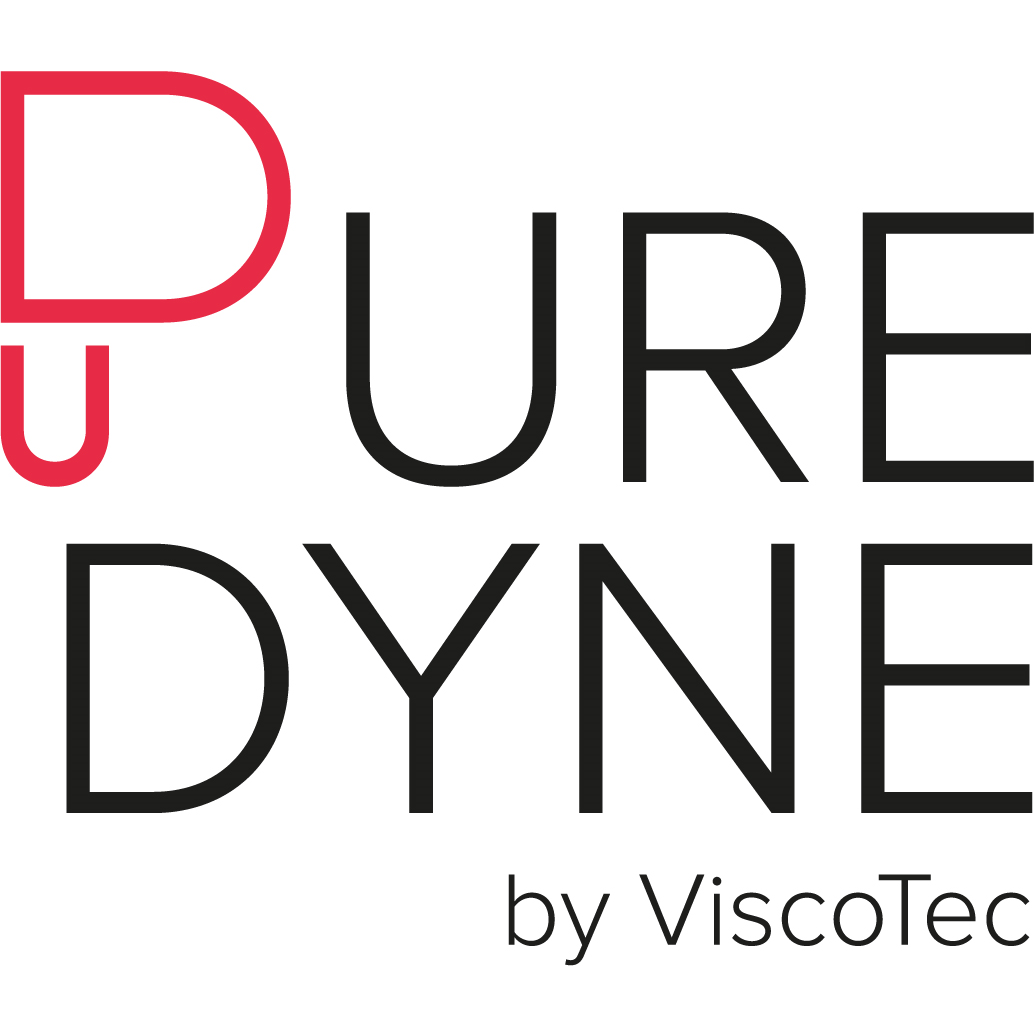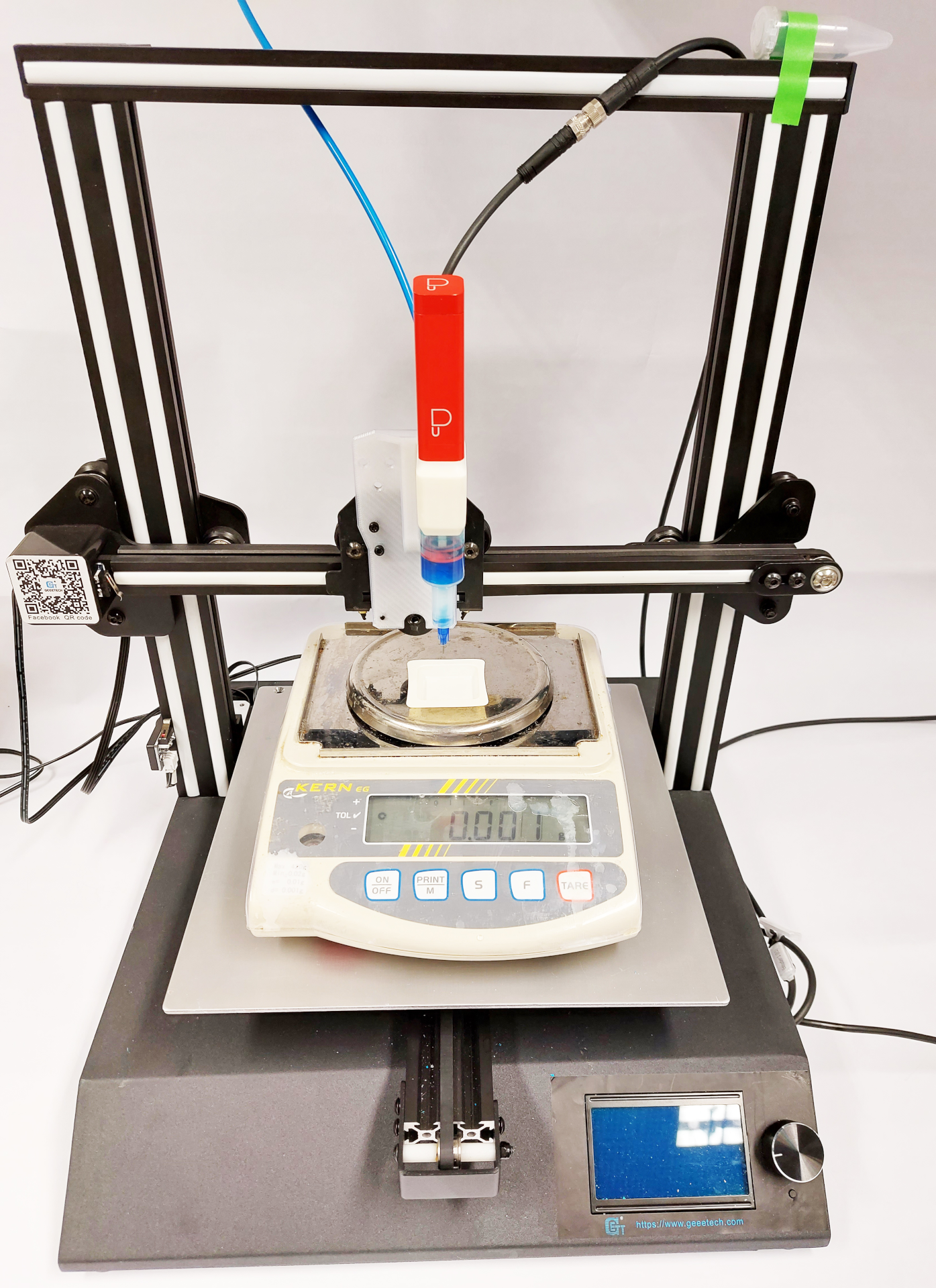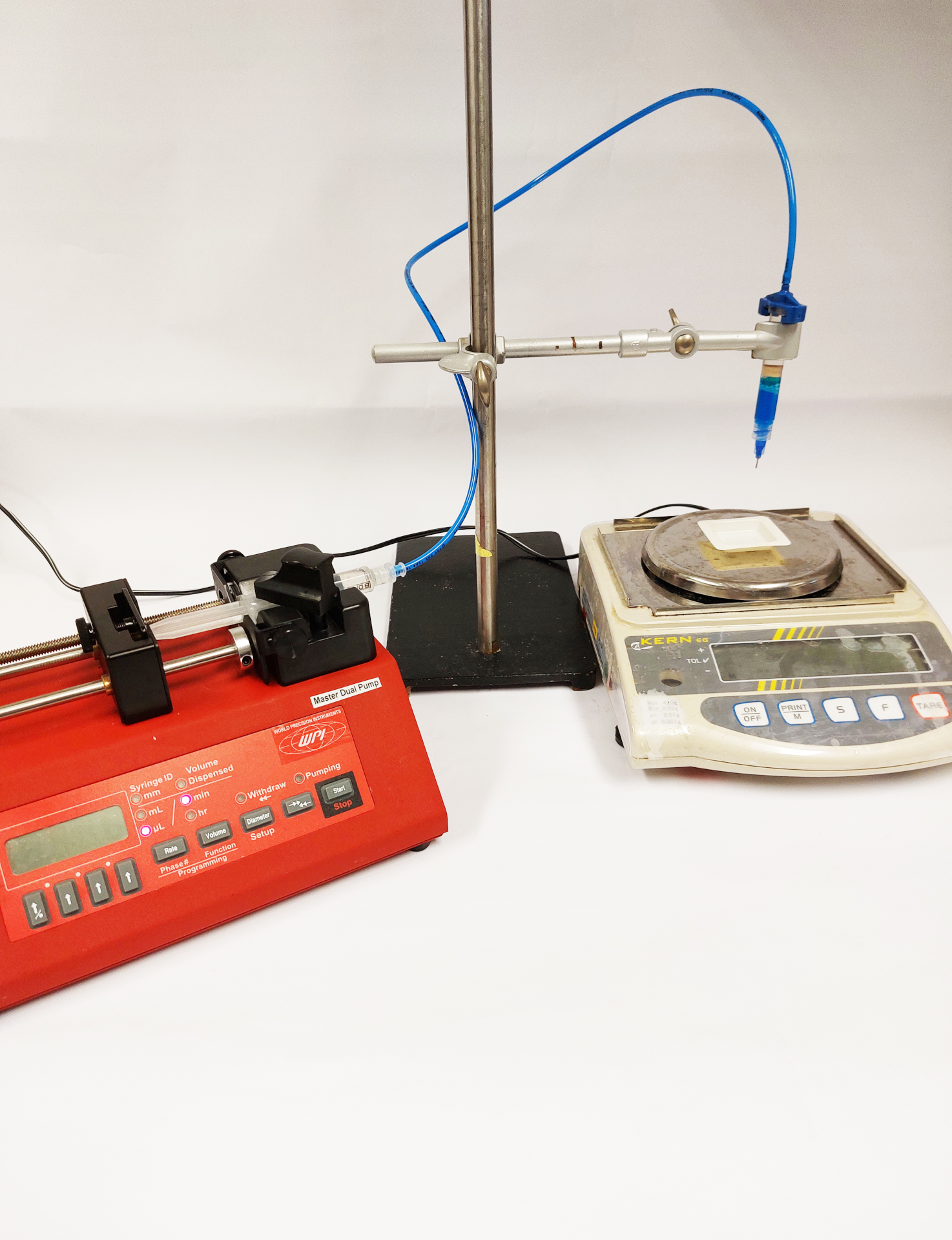Proven through technological comparison: Puredyne ensures more precise and efficient dosing than syringe pumps
Thanks to his research in the area of bioprinting and topics such as peripheral vascular diseases, Dr. Tomasz Jüngst is one of the most active scholars in this sector. The junior professor teaches and researches at the university hospital in Würzburg (as part of the academic chair for functional materials in medicine and dentistry, also known by its German abbreviation FMZ), where he specializes in bioprinting and biofabrication. His department has been collaborating closely with Puredyne for a number of years now. The most recent project conducted was a comparison of technologies for printing different inks. Jüngst and his research group ̶ which includes the students Shiva Rahmani and Franz Moser ̶ requested the entirety of the equipment from Puredyne. Puredyne’s engineers merely assisted with the fundamental implementation at the university. After that, the project continued behind closed doors, since the status of the research is and is to remain a closely guarded secret until it is next published. Nevertheless, Jüngst has shared the findings with the engineers from Puredyne, who have seen this confirmed in their developments.
A series of laboratory experiments sought to confirm how materials such as the highly print-suitable reference material Pluronic F-127 could be printed with a concentration of 30 % (20°C/68 °F) using two different types of technology. In these experiments, syringe pumps were compared with Puredyne printheads. The former are based on a mechanism of action for pressing a medium out of a cartridge pneumatically in an extrusion-based manner. Puredyne combines proven progressive cavity pump technology with a patented cartridge system. Over the course of his research, Jüngst has always shown interest in this progressive cavity pump technology. The researchers conducted two rounds of experiments with the syringe pumps and Puredyne printheads: In the first round, 50 µl of Pluronic F-127 were dosed at a volume flow of 150 µl/min; this was followed by a 10-second pause before a further 50 µl were dosed. In the second round, this pause was increased to 30 seconds; the dosed quantity and the volume flow remained identical. The experiments were able to prove that no pre-extrusion is necessary to stabilize the process when Puredyne printheads are used. Additionally, the series of experiments showed that waiting times increase discrepancies in syringe systems, which has a negative effect on precision (see fig. 1).
In contrast, the printheads from Puredyne print with constant precision irrespective of any downtimes or pauses, and dose with a minimal yet above all consistent standard deviation irrespective of the dosing duration. When the dosing interval is reduced for syringe pumps, however, this deviation actually increases (see fig. 2).
Since a large proportion of all systems used at present still operate with syringe pumps or similar dosing systems, Puredyne printheads have the potential to bring about a paradigm shift on account of their improved dosing precision and consistent material output quantity. Consequently, manufacturers of bioprinters, research clusters and, of course, universities can all demonstrably accelerate their research activities on the basis of the Puredyne technology, as well as avoiding material wastage. Naturally, this also has a positive impact on budgets.




